Home>Gardening & Outdoor>Landscaping Ideas>When To Plant Rye Grass
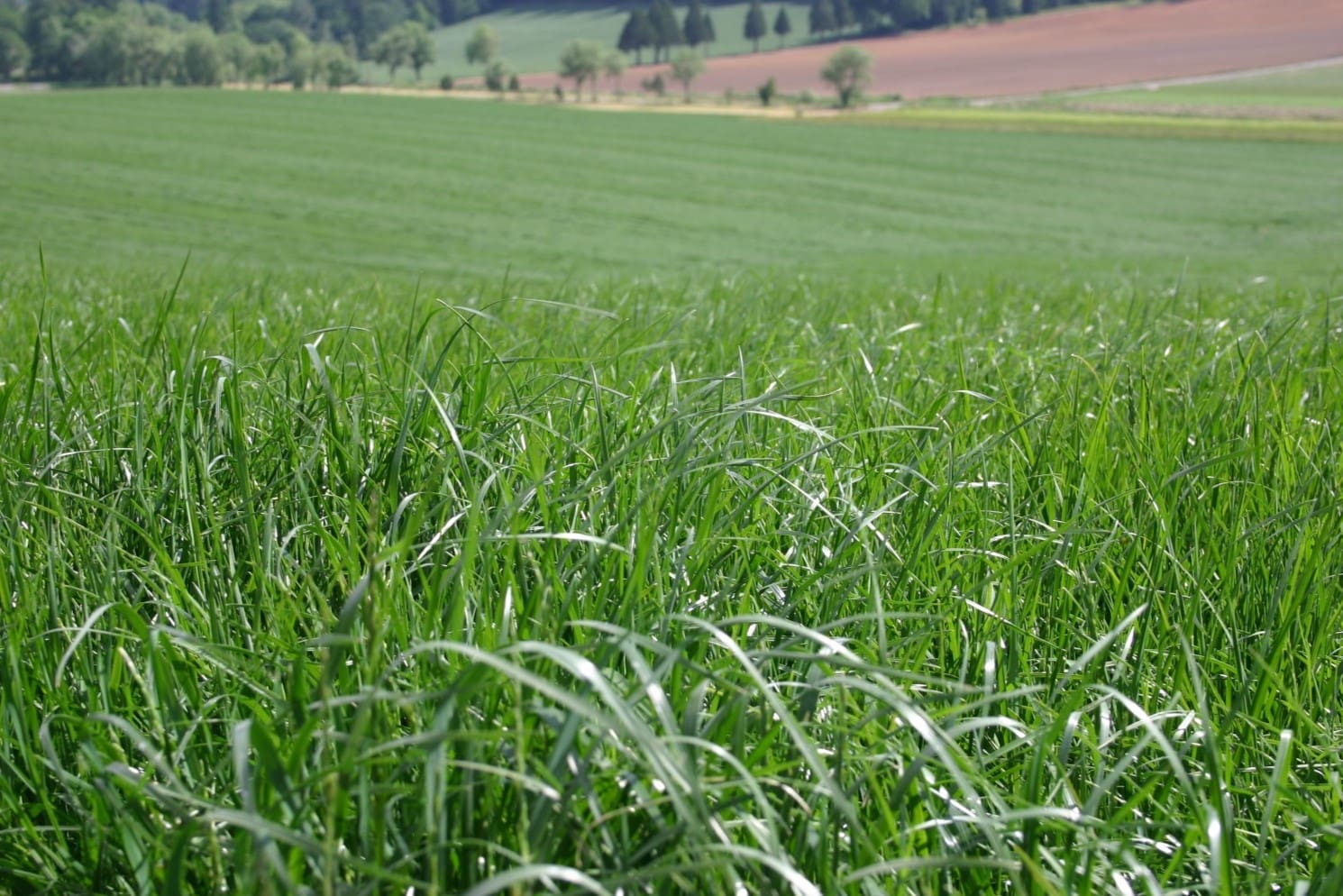

Landscaping Ideas
When To Plant Rye Grass
Modified: February 18, 2024
Learn the best timing for planting rye grass in your landscaping with our expert tips and ideas. Enhance your lawn and garden with our comprehensive guide.
(Many of the links in this article redirect to a specific reviewed product. Your purchase of these products through affiliate links helps to generate commission for Storables.com, at no extra cost. Learn more)
**
Introduction
**
Rye grass is a versatile and resilient grass species that is popular for its rapid growth and ability to thrive in various climates. Whether you're aiming to enhance the aesthetic appeal of your lawn or seeking a durable ground cover for pastureland, rye grass presents an excellent option. In this comprehensive guide, we will delve into the intricacies of planting rye grass, exploring the best timing for planting, essential considerations, and practical tips for nurturing a thriving rye grass lawn or pasture. By the end of this article, you will be equipped with the knowledge and insights needed to make informed decisions about planting and caring for rye grass, ensuring optimal results for your landscaping endeavors.
**
Key Takeaways:
- Rye grass is best planted in fall for robust growth, or in spring for milder climates. Consider soil quality, intended use, and maintenance commitment for successful cultivation.
- To care for rye grass, focus on regular mowing, proper irrigation, fertilization, and weed control. Adjust care based on seasonal demands for a vibrant and resilient landscape.
Read more: When To Plant Rye Grass In Texas
Understanding Rye Grass
**
Rye grass, scientifically known as Lolium, is a cool-season grass species that belongs to the Poaceae family. It is renowned for its rapid germination and establishment, making it a popular choice for overseeding warm-season lawns, erosion control, and forage production. There are two primary types of rye grass: perennial and annual.
Perennial Rye Grass: This type of rye grass is known for its fine texture, lush green color, and exceptional tolerance to foot traffic, making it an ideal choice for lawns and recreational areas. It exhibits strong cold tolerance and can persist throughout the year in regions with mild winters. Perennial rye grass also boasts a remarkable ability to recover from stress and wear, ensuring a resilient and visually appealing lawn.
Annual Rye Grass: As the name suggests, annual rye grass completes its life cycle within a year. It is valued for its quick establishment and is often used as a temporary cover crop, particularly in agricultural settings. While annual rye grass may not offer the same level of durability as its perennial counterpart, it is an excellent choice for overseeding warm-season lawns to maintain green coverage during the cooler months.
Rye grass thrives in well-drained soil and is capable of tolerating a wide range of soil pH levels. Its adaptability, rapid growth, and lush appearance make it a sought-after option for both residential and commercial landscapes.
Understanding the characteristics and growth patterns of rye grass is crucial for successful cultivation and maintenance. With this knowledge as a foundation, you can make informed decisions regarding the timing and methods for planting rye grass, ensuring optimal results for your landscaping endeavors.
Factors to Consider Before Planting Rye Grass
Before embarking on the process of planting rye grass, it’s essential to consider various factors that can significantly impact the success of your landscaping or forage project. By carefully evaluating these elements, you can make informed decisions and take the necessary steps to ensure the optimal growth and development of your rye grass.
- Climate and Region: Assessing the climate and specific region where you intend to plant rye grass is crucial. Rye grass is well-suited for cool-season growth and thrives in regions with moderate temperatures. Understanding the climate patterns and temperature fluctuations in your area will help determine the most suitable rye grass variety for your project.
- Soil Quality: The quality and composition of the soil play a pivotal role in the successful cultivation of rye grass. Conducting a soil test to assess factors such as pH levels, nutrient content, and drainage capacity can provide valuable insights. Rye grass thrives in well-drained soil with adequate fertility, and addressing any soil deficiencies prior to planting can significantly enhance the grass’s growth potential.
- Intended Use: Identifying the primary purpose of planting rye grass is essential. Whether you aim to establish a vibrant lawn, enhance pastureland for livestock grazing, or prevent soil erosion, understanding the intended use will influence the selection of rye grass varieties, planting methods, and maintenance practices.
- Existing Vegetation and Land Preparation: Assessing the existing vegetation and preparing the land for rye grass cultivation is crucial. Clearing the area of weeds, debris, and competing vegetation, as well as ensuring proper soil tillage and seedbed preparation, are essential steps to create an optimal environment for rye grass establishment.
- Maintenance Commitment: Consider the level of maintenance and care that you can dedicate to the rye grass project. While rye grass is known for its resilience, regular mowing, irrigation, and fertilization may be necessary to maintain its vigor and visual appeal, especially in lawn settings.
By carefully considering these factors and addressing them proactively, you can lay a solid foundation for successful rye grass cultivation. This thoughtful approach will contribute to the long-term health and vitality of your rye grass lawn or pasture, ensuring a flourishing and visually appealing landscape.
Best Time to Plant Rye Grass
Timing plays a crucial role in the successful establishment of rye grass, and selecting the optimal season for planting is essential to maximize its growth potential. The best time to plant rye grass largely depends on the specific climate and region, as well as the intended use of the grass. Understanding the seasonal dynamics and growth patterns of rye grass is instrumental in determining the most favorable timing for planting.
Fall Planting: For many regions, fall is considered the prime season for planting rye grass. The cooler temperatures and moderate moisture levels during the fall create an ideal environment for rye grass germination and establishment. By planting in the fall, rye grass has the opportunity to develop a robust root system and establish itself before the onset of winter dormancy. Fall planting also allows the grass to gain strength and resilience, setting the stage for vigorous growth in the following spring.
Spring Planting: In some regions with milder climates, spring can also be a suitable time for planting rye grass. The moderate temperatures and increased daylight hours in spring provide favorable conditions for rye grass growth. Spring planting is particularly advantageous for regions where harsh winter conditions may hinder fall establishment. By planting in the spring, rye grass can capitalize on the optimal growing conditions to develop a strong root system and lush foliage.
Considerations for Warm-Season Lawns: In areas with warm-season grass lawns, overseeding with rye grass is a common practice to maintain green coverage during the cooler months. The best time to overseed warm-season lawns with rye grass is typically in late summer to early fall, allowing the grass to establish before the onset of winter dormancy. This ensures continuous green coverage and minimizes the dormancy period of the warm-season grass.
When determining the best time to plant rye grass, it’s essential to consider the specific climate, soil conditions, and intended use of the grass. By aligning the planting schedule with the seasonal characteristics and growth patterns of rye grass, you can optimize its establishment and set the stage for a vibrant and resilient lawn or pasture.
Plant rye grass in the fall when temperatures are between 50-65°F for best results. This allows the grass to establish before winter and thrive in the spring.
How to Plant Rye Grass
Planting rye grass involves a series of essential steps to ensure successful germination, establishment, and robust growth. By following the proper planting techniques, you can create an optimal environment for rye grass to thrive, whether you are establishing a lush lawn or enhancing pastureland for forage production.
Seed Selection: Begin the planting process by selecting high-quality rye grass seeds that are well-suited to the specific climate and intended use. Consider factors such as seed purity, germination rate, and seed coating, which can enhance moisture absorption and early growth.
Soil Preparation: Prepare the soil by conducting a soil test to assess its pH levels and nutrient content. Amend the soil as needed to achieve the optimal pH range for rye grass growth, typically between 5.5 and 7.0. Ensure proper soil tillage and seedbed preparation to create a favorable environment for seed germination and root development.
Seeding Method: There are two primary methods for planting rye grass: broadcasting and drilling. Broadcasting involves spreading the seeds evenly across the soil surface, followed by light raking to ensure good seed-to-soil contact. Drilling, on the other hand, utilizes a seed drill or mechanical planter to place the seeds at the desired depth in the soil. The choice of seeding method depends on the scale of the planting project and the available equipment.
Seed Depth and Coverage: The ideal seeding depth for rye grass is approximately 1/4 to 1/2 inch. Ensure uniform seed coverage across the planting area to promote consistent germination and establishment. Adequate seed-to-soil contact is essential for successful germination, so lightly rolling or compacting the soil after seeding can facilitate this crucial connection.
Irrigation and Moisture Management: After seeding, provide consistent moisture to the planting area to support seed germination and early growth. Depending on the climate and soil conditions, frequent but light irrigation may be necessary to keep the soil surface moist. As the rye grass seedlings emerge, gradually transition to deeper and less frequent watering to encourage robust root development.
Maintenance and Care: Monitor the planting area regularly for signs of germination and early growth. As the rye grass establishes, implement a regular mowing schedule to promote density and vigor. Additionally, consider fertilization based on soil test recommendations to provide essential nutrients for optimal growth.
By following these steps and techniques for planting rye grass, you can create an ideal environment for successful germination and establishment. Whether you are planting rye grass for a vibrant lawn or forage production, attention to detail during the planting process can contribute to the long-term health and vitality of the grass.
Read more: When To Plant Winter Rye Grass In Texas
Caring for Rye Grass
Proper care and maintenance are essential for nurturing healthy and resilient rye grass, whether it’s part of a lush lawn or a productive pasture. By implementing effective care practices, you can promote vigorous growth, vibrant color, and overall vitality in your rye grass landscape. From mowing and irrigation to fertilization and weed control, attentive care plays a pivotal role in the long-term success of rye grass.
Mowing: Regular mowing is crucial for maintaining the desired height and density of rye grass. Adjust the mowing height based on the specific rye grass variety and intended use, ensuring that the grass remains at an optimal length to promote healthy growth and discourage weed establishment. Avoid removing more than one-third of the grass blade length during each mowing session to prevent stress and maintain vigor.
Irrigation: Providing adequate moisture is essential for the health and vitality of rye grass. Monitor soil moisture levels and adjust irrigation practices based on weather conditions and seasonal demands. Deep, infrequent watering promotes robust root development and drought tolerance, while avoiding excessive moisture that can lead to disease issues.
Fertilization: Fertilize rye grass based on soil test recommendations and the specific nutrient needs of the grass. Apply a balanced fertilizer with the appropriate ratio of nitrogen, phosphorus, and potassium to support healthy growth and color. Timing and frequency of fertilization may vary based on the rye grass variety and the intended use of the grass.
Weed Control: Implement proactive weed control measures to prevent invasive weeds from encroaching on the rye grass. Regularly inspect the lawn or pasture for signs of weed growth and address any issues promptly. Utilize targeted herbicides or manual removal to manage weed infestations while minimizing impact on the rye grass.
Disease and Pest Management: Monitor the rye grass for signs of disease or pest infestations and take appropriate measures to address any issues. Proper cultural practices, such as adequate airflow and soil drainage, can help prevent disease issues. Additionally, integrated pest management strategies can effectively control pests while minimizing environmental impact.
Seasonal Considerations: Adjust care practices based on seasonal demands and the specific growth patterns of rye grass. Transition irrigation and mowing practices as the seasons change, and consider overseeding warm-season lawns with rye grass in preparation for the cooler months.
By providing attentive care and implementing effective maintenance practices, you can foster the health and beauty of your rye grass landscape. Whether it’s a vibrant lawn that enhances your outdoor space or a resilient pasture that supports livestock grazing, dedicated care plays a pivotal role in the long-term success of rye grass.
Conclusion
Planting and caring for rye grass offers a myriad of benefits, from creating lush and vibrant lawns to enhancing pastureland for livestock grazing. By understanding the unique characteristics of rye grass and implementing thoughtful planting and maintenance practices, you can cultivate a resilient and visually appealing landscape that thrives in various climates and soil conditions.
From the selection of the best rye grass variety for your specific needs to the careful consideration of planting timing and methods, each step in the process contributes to the long-term success of your rye grass project. By evaluating factors such as climate, soil quality, and intended use, you can make informed decisions that lay a solid foundation for the optimal growth and development of rye grass.
Timing plays a pivotal role in rye grass planting, with fall and spring emerging as favorable seasons for establishment, depending on regional climate and intended use. Whether you are overseeding warm-season lawns or establishing rye grass for erosion control, aligning the planting schedule with the seasonal dynamics of rye grass is instrumental in maximizing its growth potential.
Proper planting techniques, including seed selection, soil preparation, and irrigation, create an ideal environment for successful germination and establishment. Additionally, attentive care practices, such as regular mowing, proper fertilization, and proactive weed control, contribute to the long-term health and vitality of rye grass, ensuring a resilient and visually appealing landscape.
By integrating the insights and techniques outlined in this guide, you are equipped to embark on your rye grass planting and care journey with confidence. Whether you are a homeowner seeking a vibrant lawn or a land steward aiming to enhance pastureland, the knowledge and practices shared in this guide pave the way for a successful and thriving rye grass landscape.
Embrace the versatility and resilience of rye grass as you embark on your landscaping endeavors, and savor the beauty and functionality it brings to your outdoor spaces and agricultural landscapes.
Frequently Asked Questions about When To Plant Rye Grass
Was this page helpful?
At Storables.com, we guarantee accurate and reliable information. Our content, validated by Expert Board Contributors, is crafted following stringent Editorial Policies. We're committed to providing you with well-researched, expert-backed insights for all your informational needs.
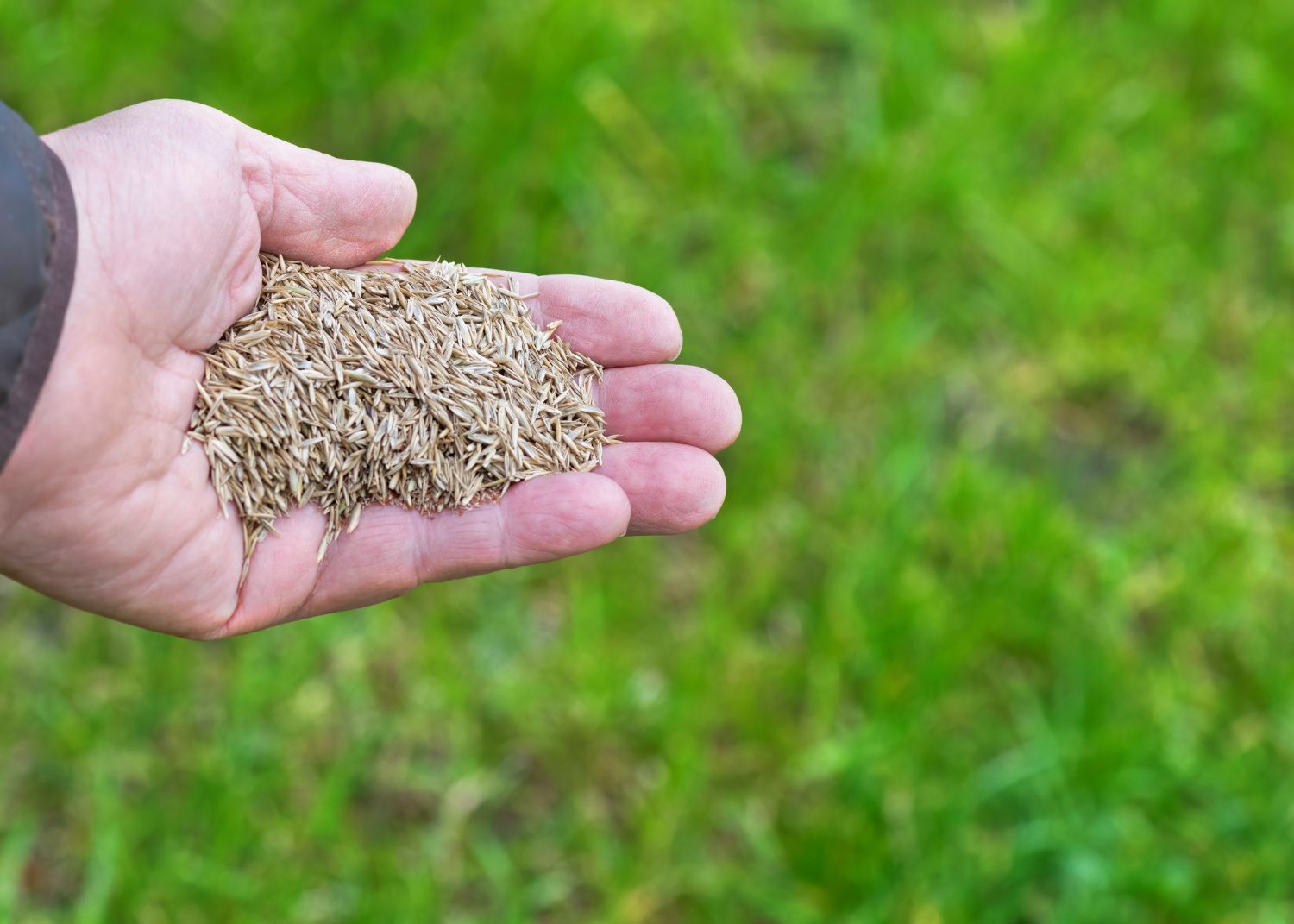
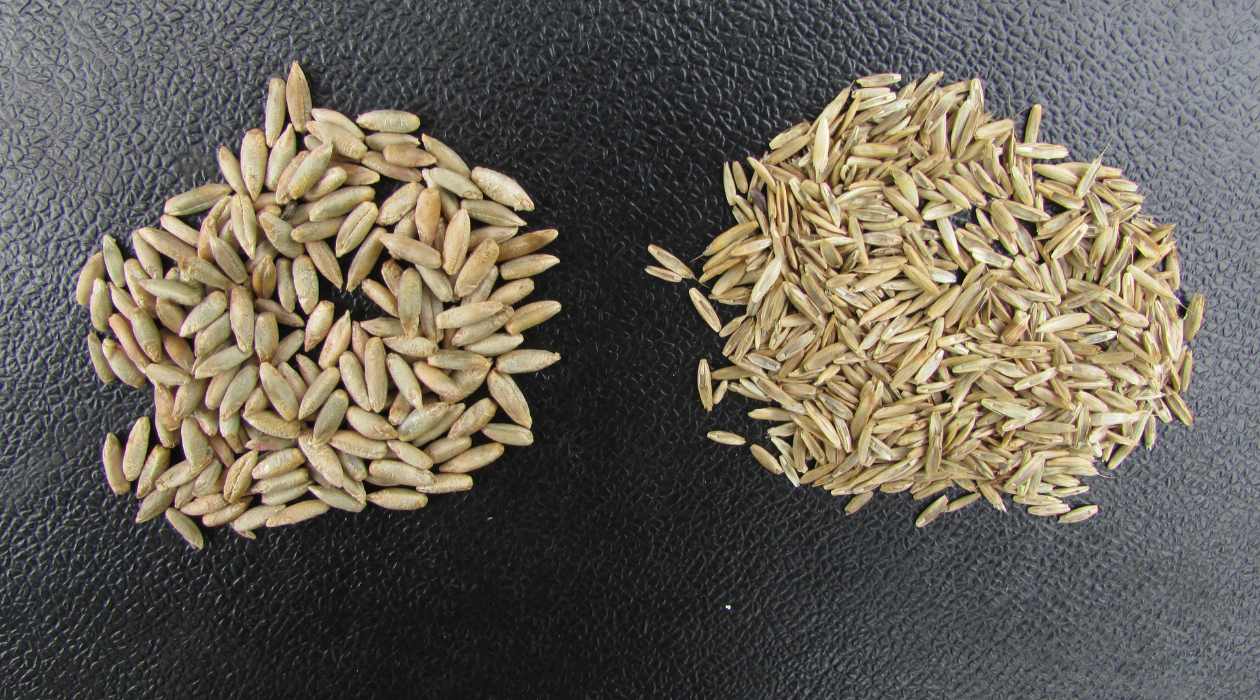
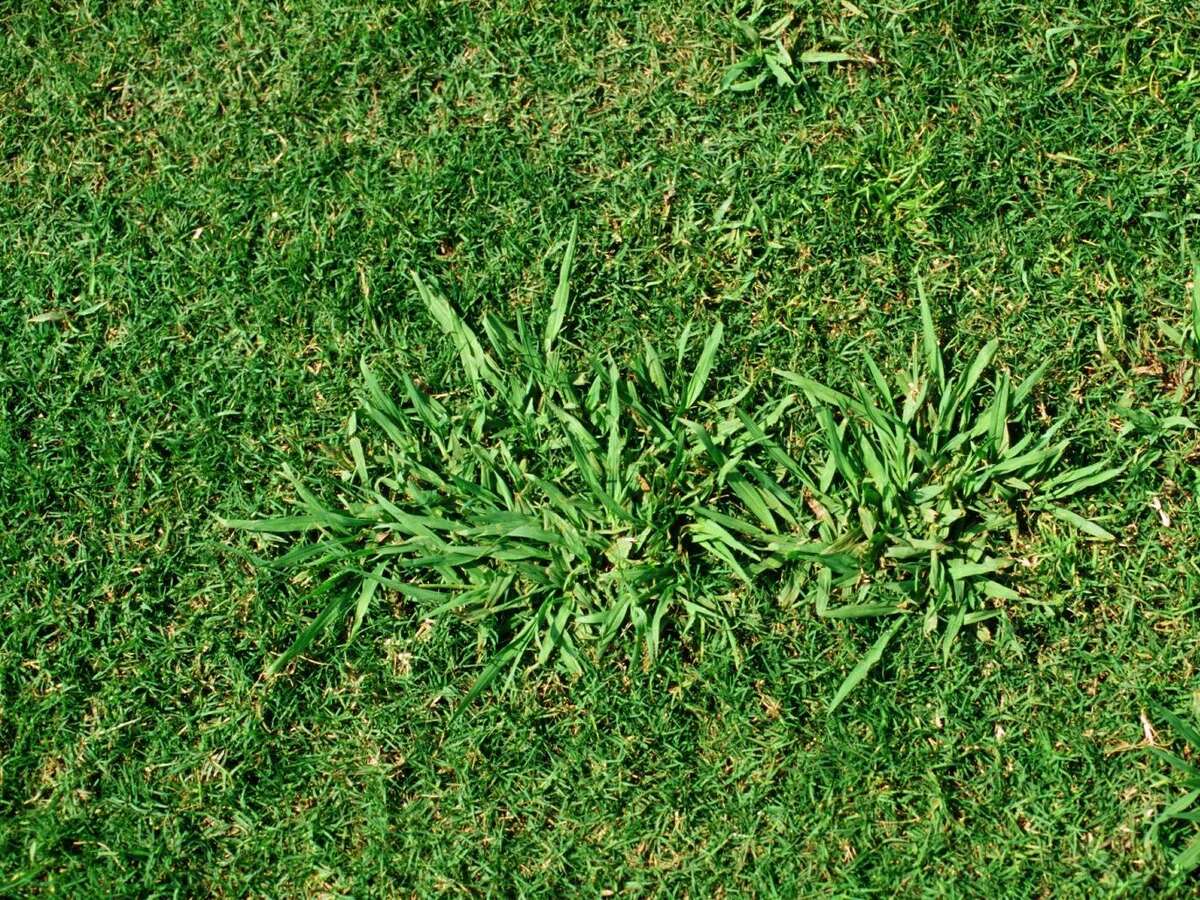
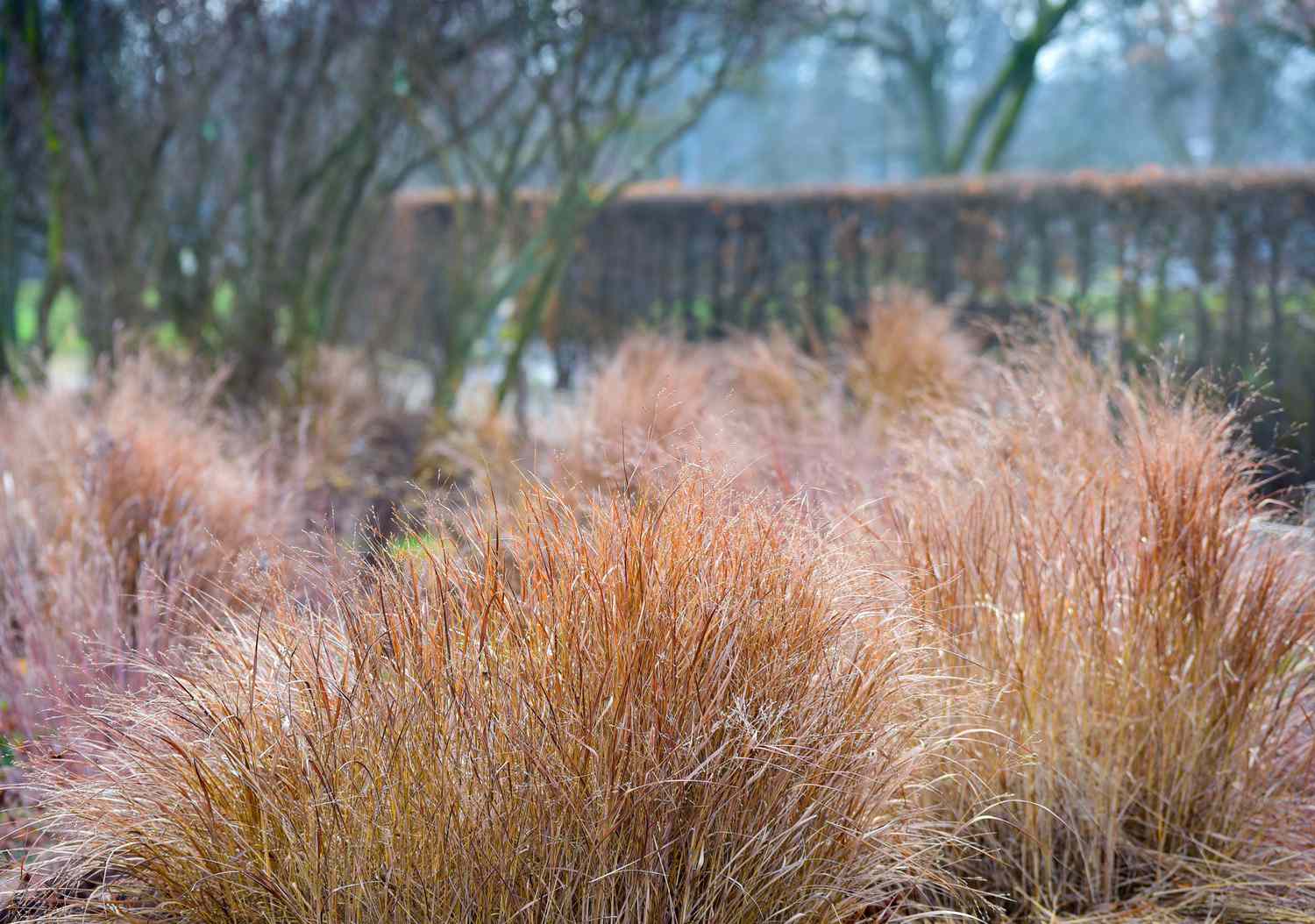

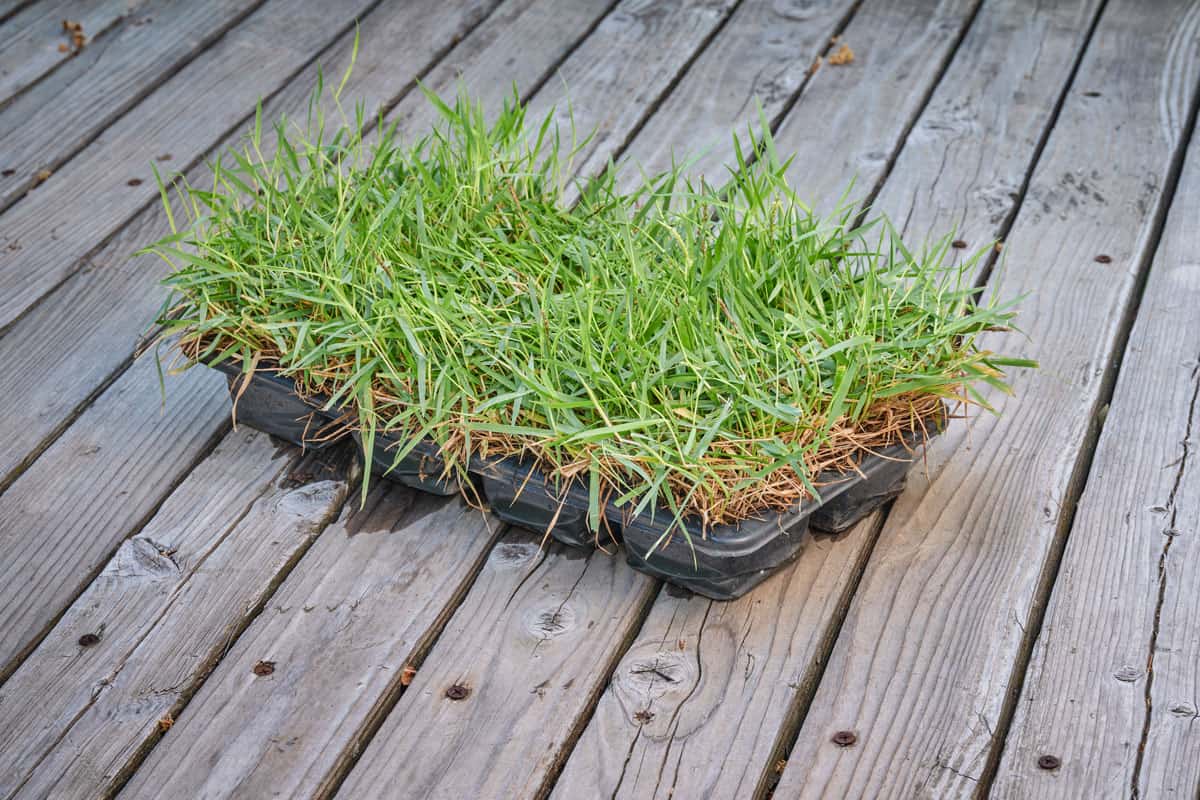
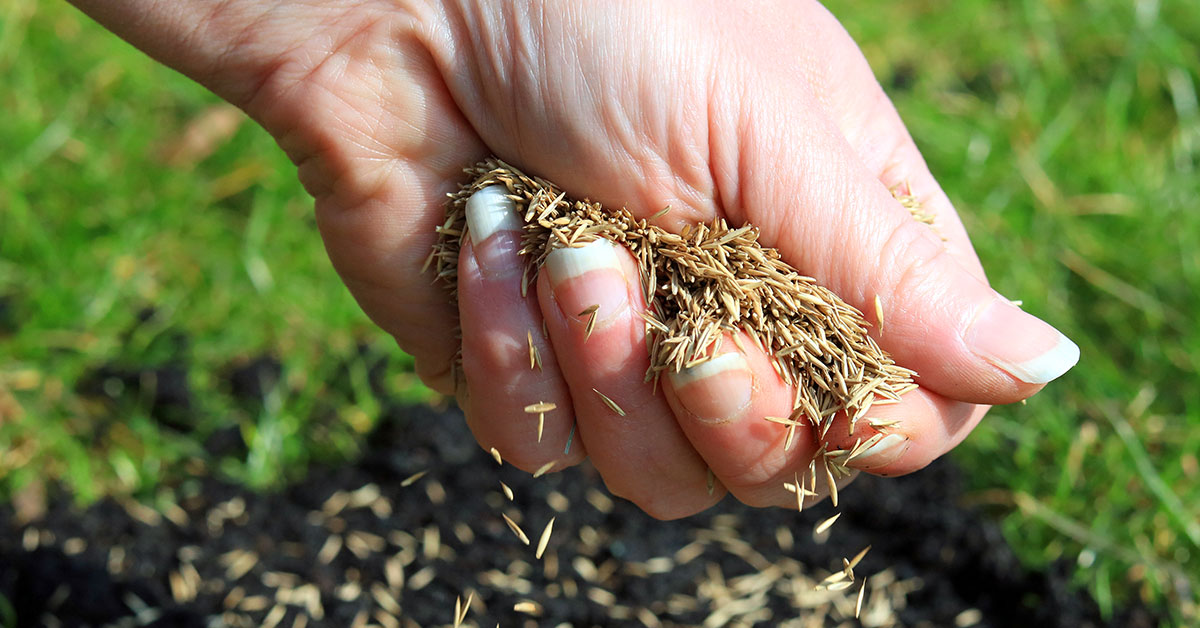
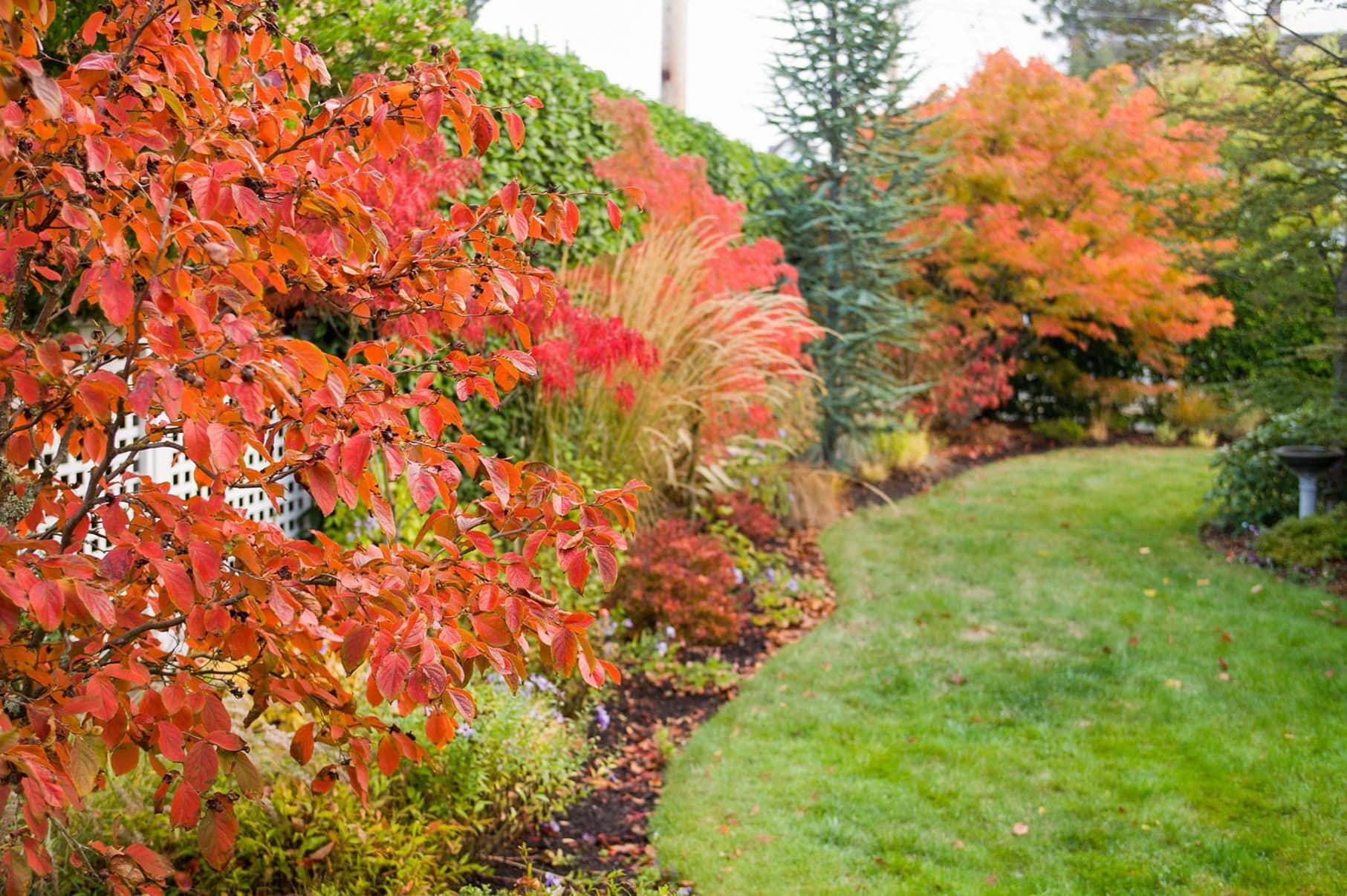
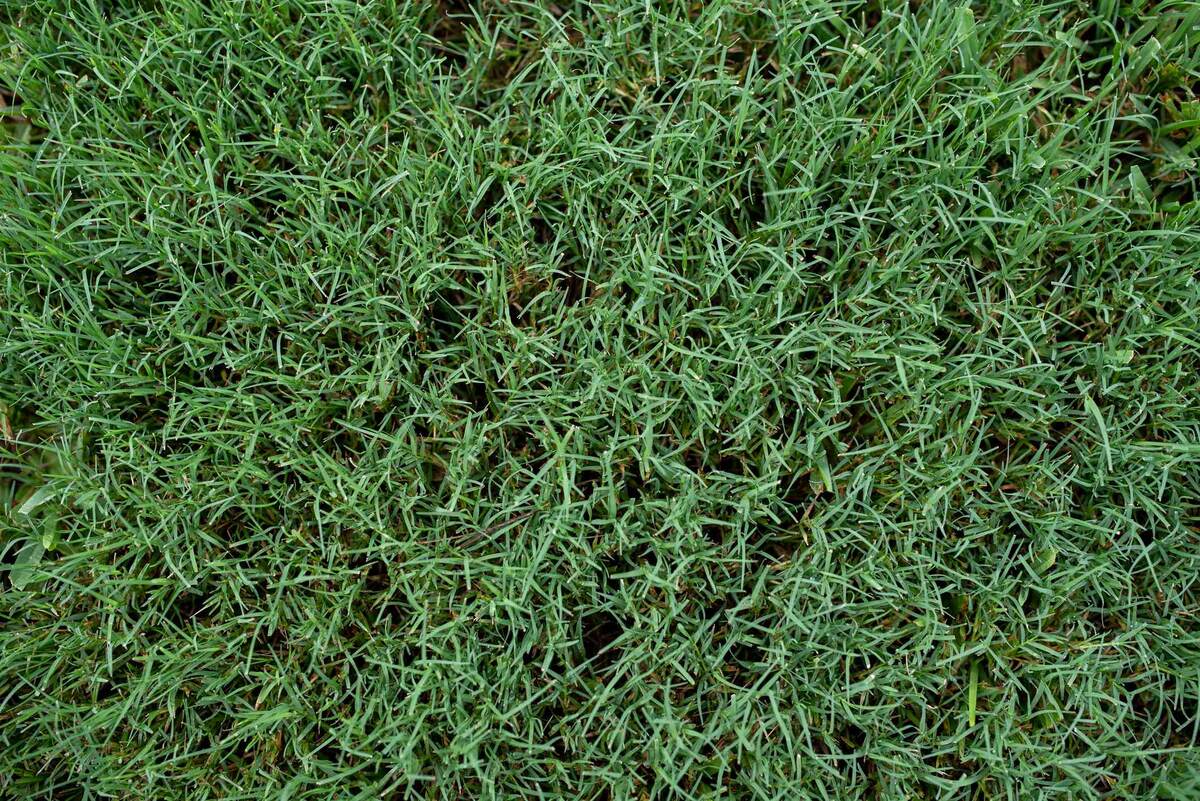
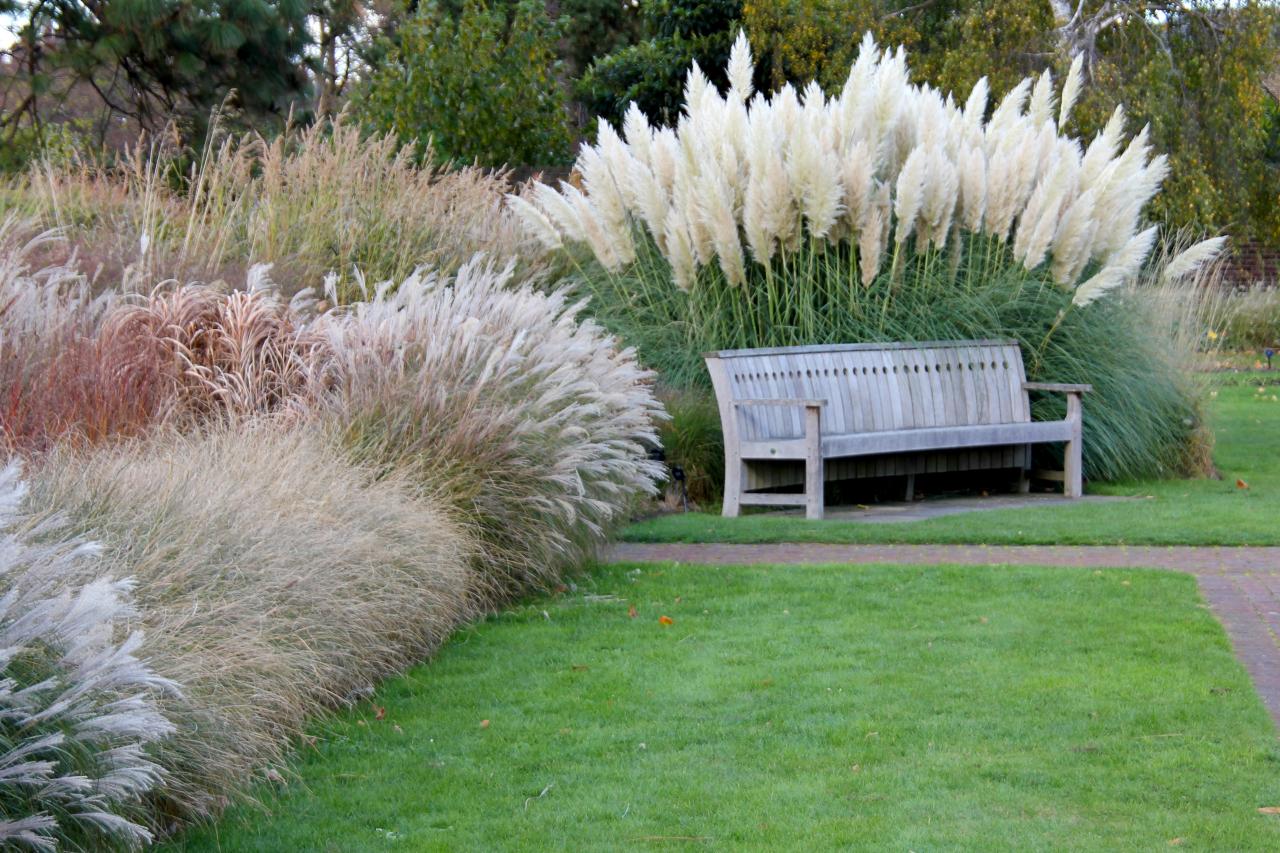
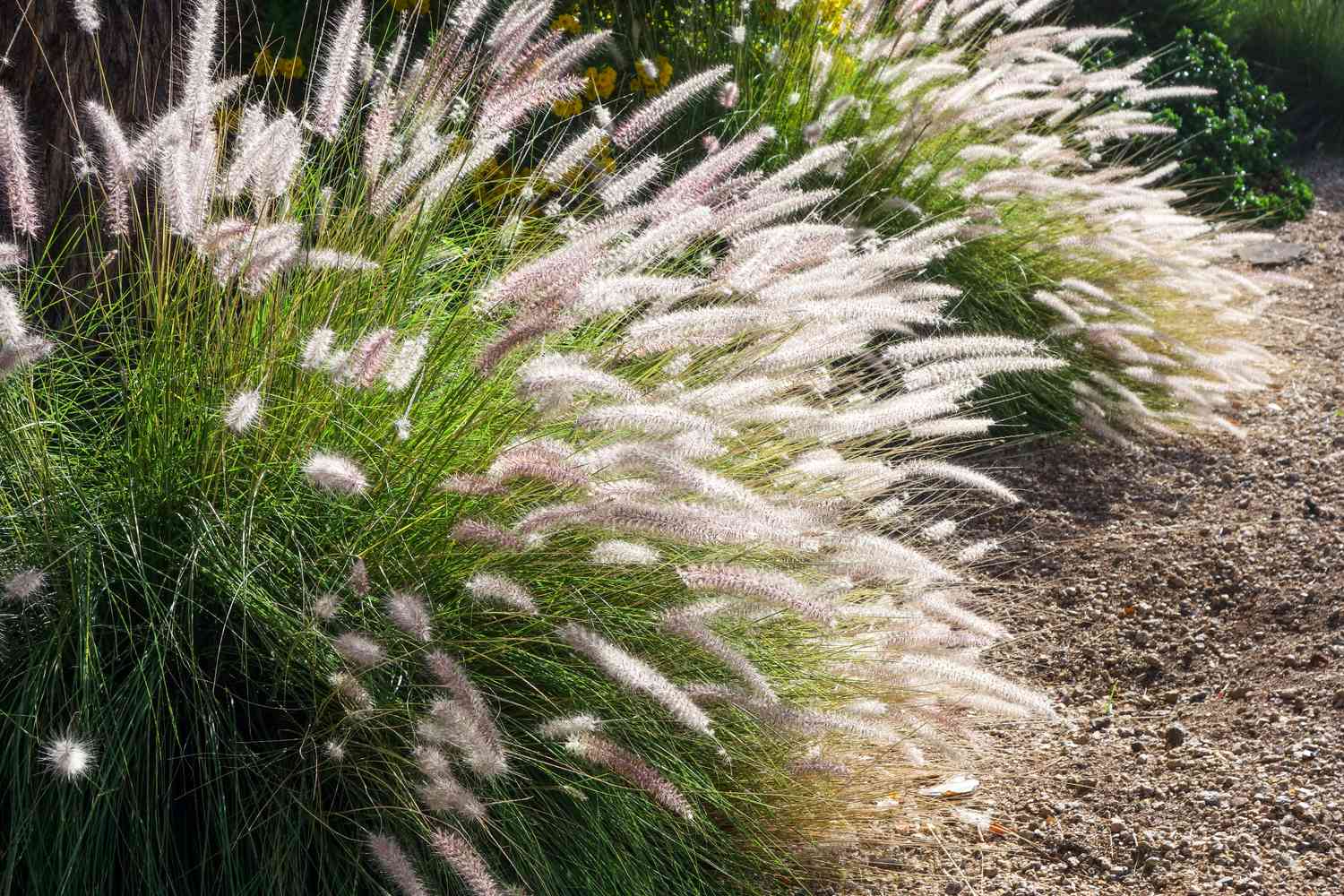
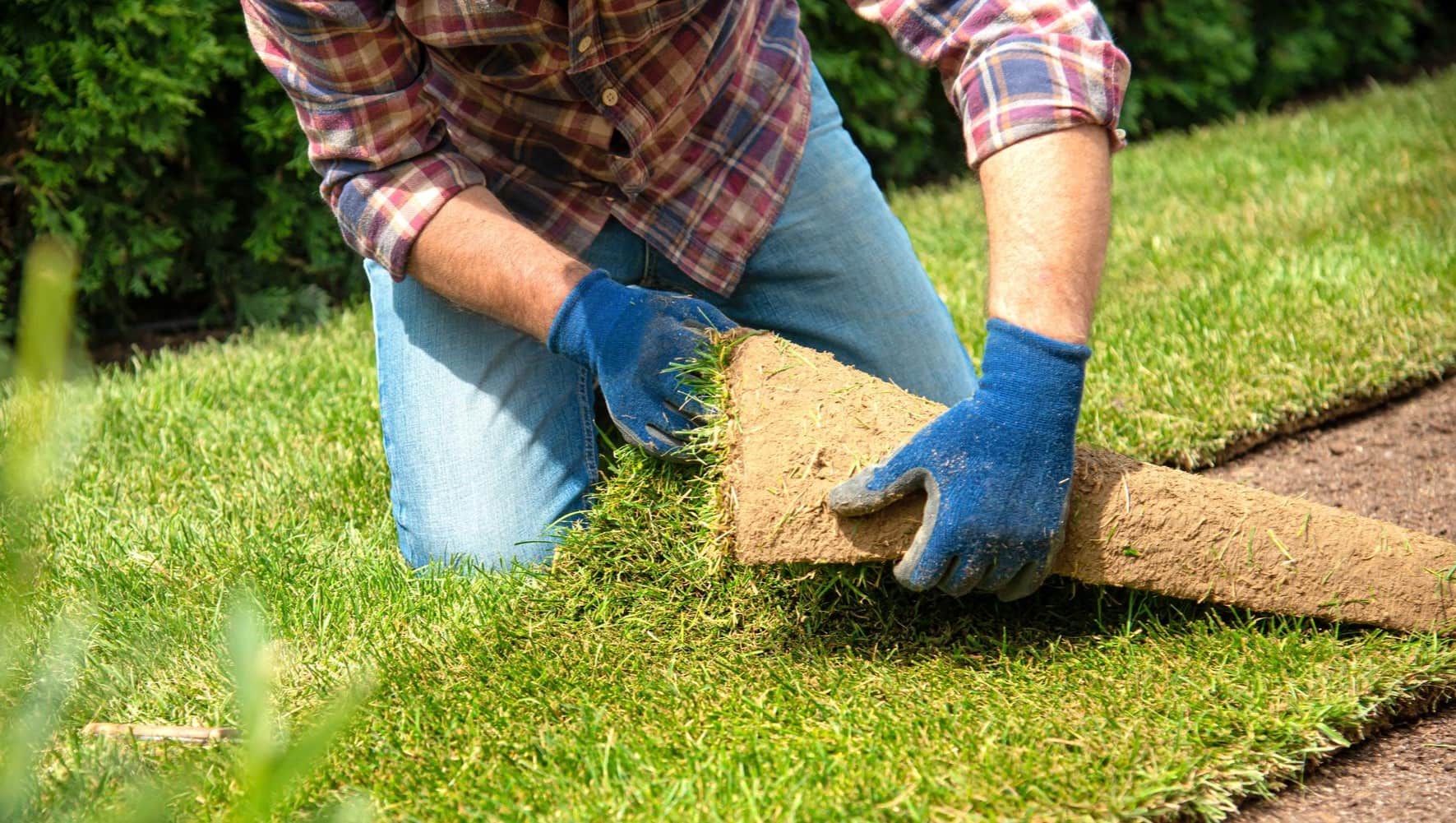
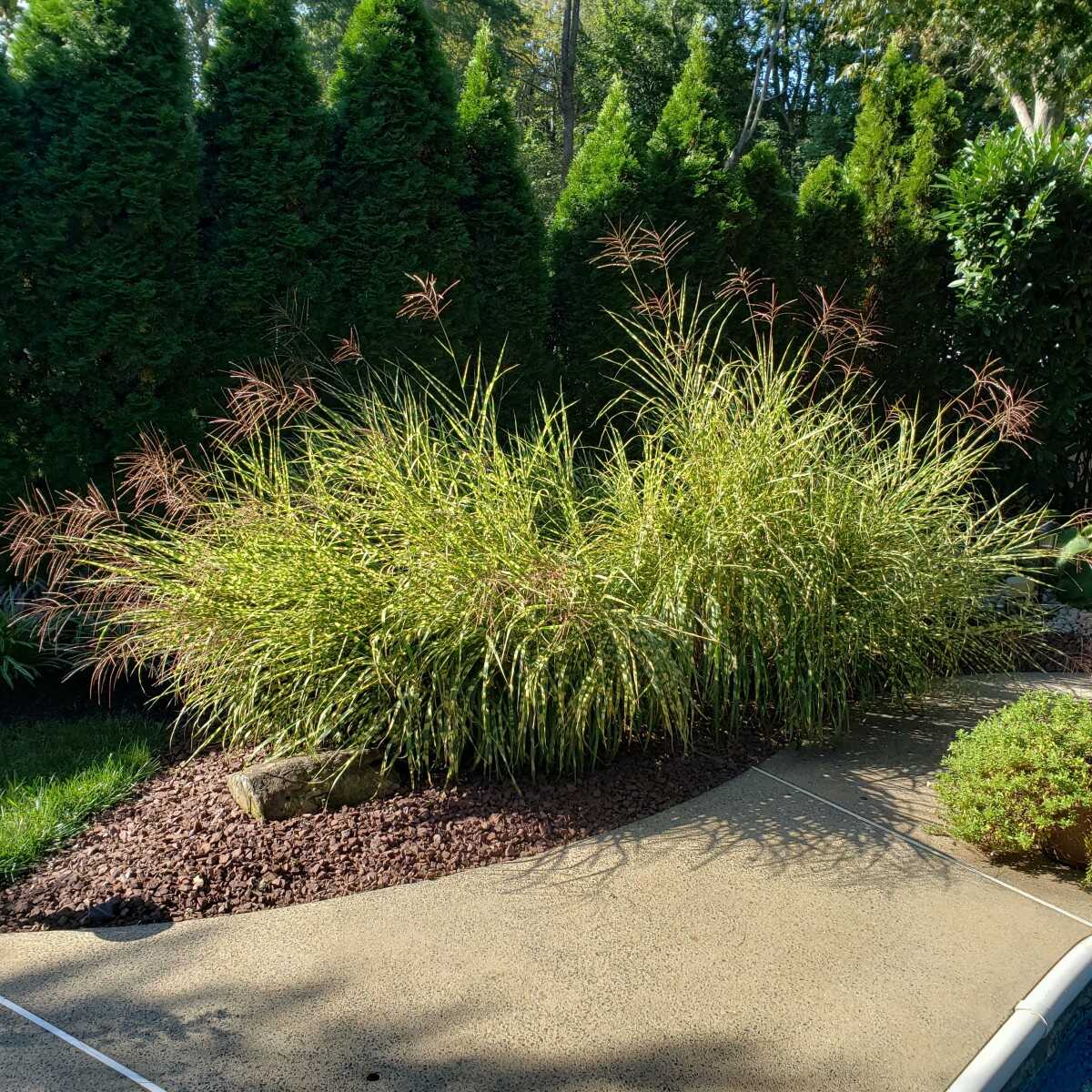
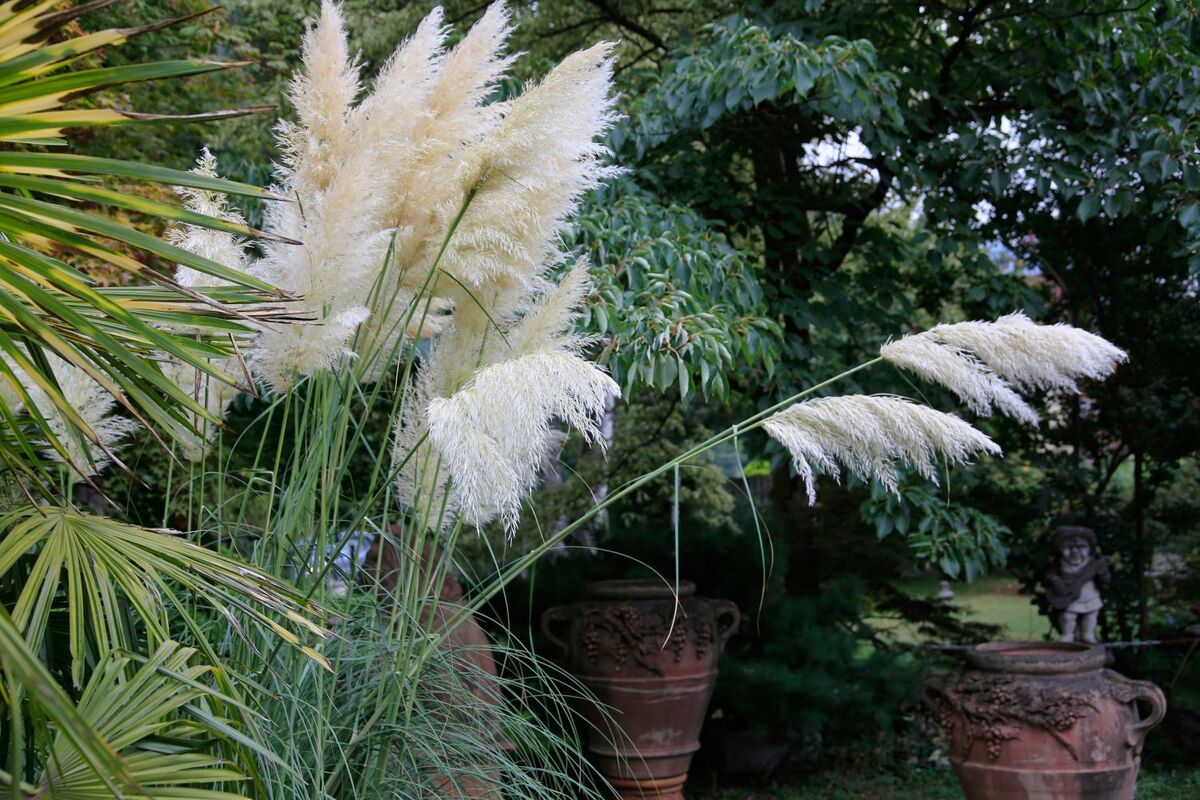

0 thoughts on “When To Plant Rye Grass”